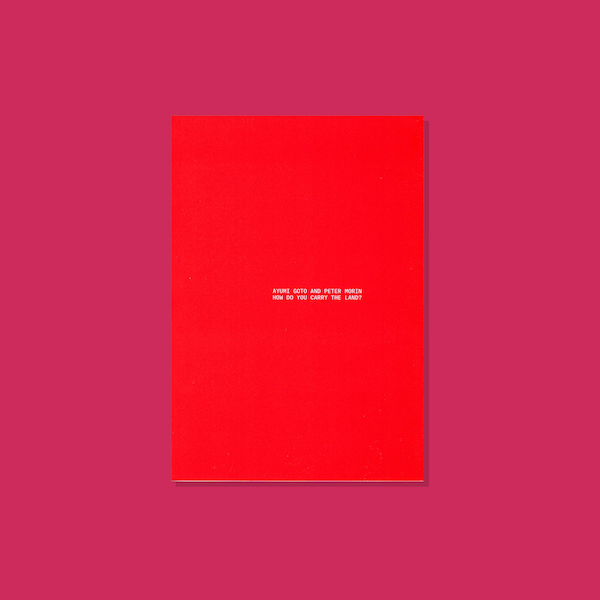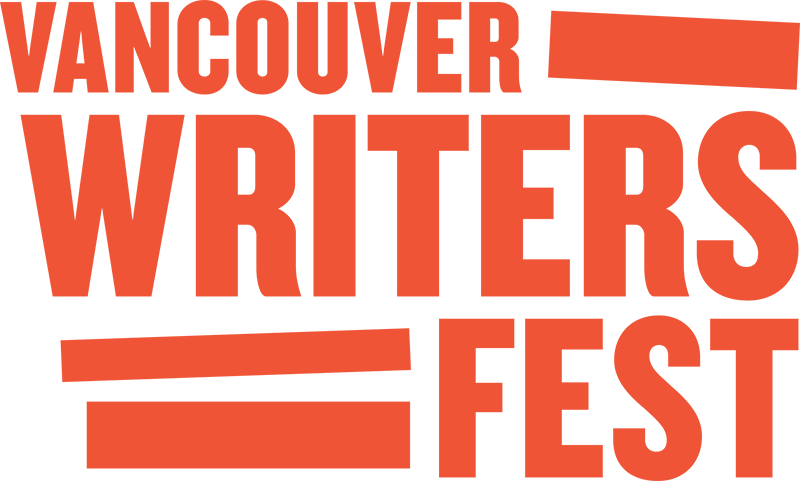
Thursday, September 30, 2021, was Canada’s first observation of National Day for Truth and Reconciliation. This statutory holiday was first proposed as the eightieth recommendation from the Truth and Reconciliation Commission of Canada’s 94 Calls to Action report. All members of society were encouraged to spend the day reflecting and learning about Canada’s troubled history of colonialism and policies toward Indigenous populations.
Just over a decade ago, I remember the BC secondary school curriculum in the humanities offered texts and lectures that mentioned the atrocities perpetrated by the Canadian government and settler populations as historical fact, and any further contemporary Indigenous studies were segregated to its own department and courses. I left for Toronto right after the Winter Olympics in Vancouver, and missed out on the initial implementation of recommendations from the Truth and Reconciliation Commission, which I was told influenced much of our public norms today. In university, decolonization and Indigenous rights were literally left in the peripheries, as marginalia in syllabi and textbooks. Every start of the new semester, there was that usual disclaimer of Eurocentricity of the course and literature, followed with a lacklustre invitation to “learn more” about these “peripheral” areas on our “own time”.
I returned to Vancouver hearing territorial acknowledgements for the first time and now seeing Indigenous orthographies disorienting colonial familiarity in public spaces. When interviewing for what I thought was my dream job at the Vancouver Art Gallery, the woman who would later become my boss asked me not of my strengths, weaknesses, or how I would deal with stress at work, but challenged me to address, head on, how I would “decolonize the museum institution”. If only all job interview questions could be this phenomenal.
We have a wealth of resources now of Indigenous experiences, resilience, stories, and resurgence, yet this exhibition catalogue is something I come back to time and time again. Ayumi Goto and Peter Morin: how do you carry the land?, curated by then Senior Curatorial Fellow, Indigenous Art, Tarah Hogue (now at Remai Modern), exhibited at the Vancouver Art Gallery from July 14, 2018 to October 28, 2018. My first day of work at the Gallery allowed me to join an artists and curator tour of the show, and it was one of those moments that shifted paradigms beyond the intellectual.
Peter Morin (Tahltan) and Ayumi Goto (Japanese) described their works, relationships to the land, and their lasting friendship through their artistic practices. 合作 (gassaku) “building something together”, is central to this relationship, as both artists’ “kinetic witnessing” of Indigenous existence and ways of knowing pays homage to the merging streams of migration, ancestry, and cultural production. Furthermore, in Tarah Hogue’s exhibition essay, there stresses a notion of movement on the land. Western epistemologies centre human dominance over nature and a preoccupation with land that is physically beneath human activity. For Morin and Goto, it is this physical activity, or “a history of movement on the land”, that is the art. Flipping this colonial mentality on its head, the land is a heavy load for us to carry.
As a fellow Asian Canadian woman, I was especially struck by Ayumi’s recollection of attending testimonies for the Truth and Reconciliation Commission of Canada’s National Event in Vancouver in 2013. While listening to Indigenous elders describe the experiences and conditions from which they survived, Ayumi noted such physical discomfort at the end of the event, which she attributed to her ability to walk away. Up until that moment through to now as I type my own words, I have not experienced a greater understanding of privilege. The privilege of witnessing such pain and being able to walk away. The irreconcilable nature of empathy with true understanding. The limits to our care.
I think, too, of Peter Morin in his Cultural Graffiti in London series, where he visited several landmarks of colonial significance in 2013 to physically remind what is left of the realm its greatest defeat: the resurgence of Indigenous futures. The photographs show most of the city in transit, unaware of the spectacular act of defiance in front of imperial ambition now reduced to the symbolic and the benign. Yet, it was a song for our aunty that forced me to confront my own history of privilege, voluntary migration, and inevitable return. My ancestors have had the ability to see the world and return to their homelands where they rest in the soil that once nourished them. For the most part, our displacement was a choice and our lineage, disrupted by the conditions of war and strife, was nevertheless intact. How many lands have we walked, have I walked, have my ancestors walked, knowing what happened to them and where they returned to? And as we walked, how many other ancestors, mine, yours, ours, have waited for their own return? As an immigrant on these unceded territories, do I not, too, carry the lands wherever I go, in whatever I do?
I return mostly to this idea of 合作, which in my language also means collaboration. It is an amicable term, yet I cannot help but think of one of its derivatives in the English language, collaborator, which has deep cultural significance in my country’s past century. I am now older and, although not necessarily wiser, I am more prone to reflect who I am in this country as an immigrant on the other side of the Pacific, on lands that Indigenous peoples past, present, and future have so generously made open to my family and me, despite continuous displacement from various policies of settlement. From Morin’s and Goto’s works, I’ve witnessed something I acknowledge I cannot fully understand because they are neither my nor my ancestor’s lived experiences, yet they are something so familiar because they are fundamentally so human. It is in this spirit of collaboration, as an ally and as a friend, that I continue my commitment to reconciliation.
My time at the Vancouver Art Gallery was bookended by two exhibitions curated by Tarah Hogue, whose work, insights, and mind have shaped my work and identity more than I can possibly express in words. What an education it was, and what immense gratitude I continue to hold.
—Sarah Wang, Programming Coordinator
